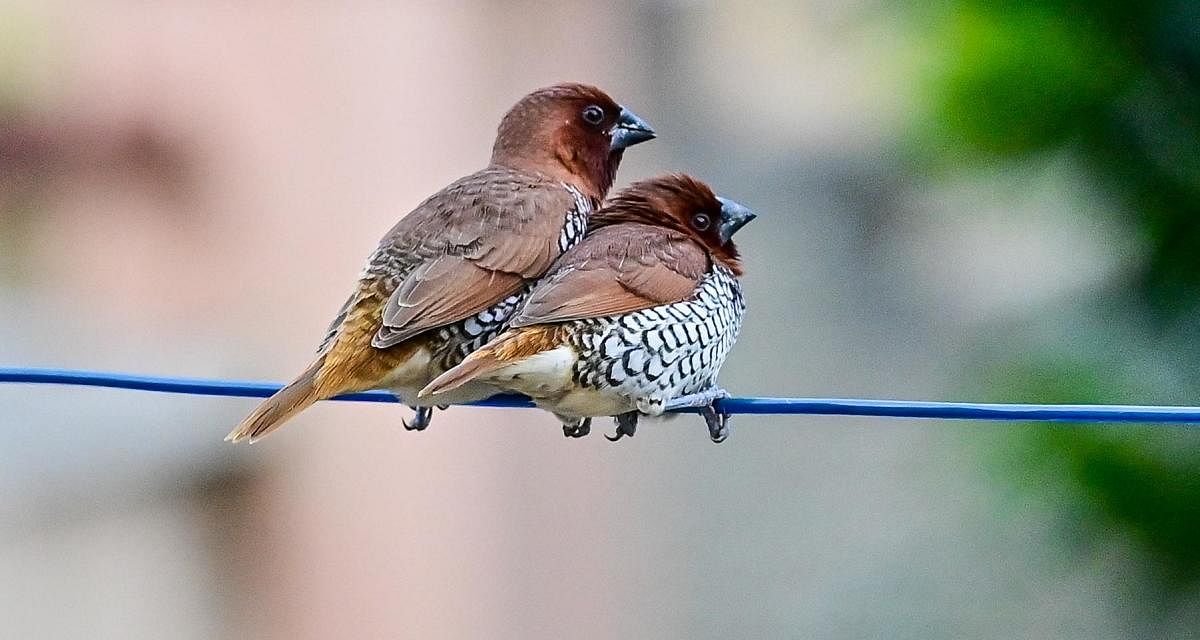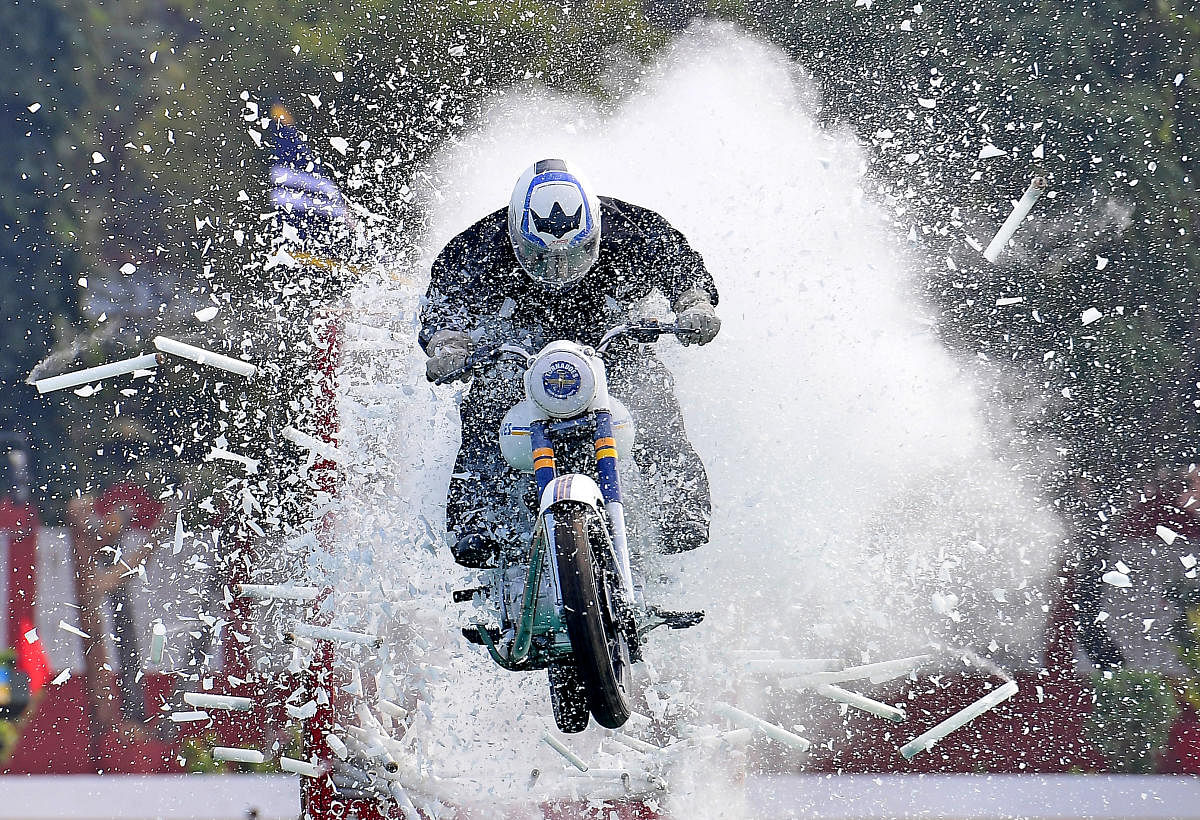

What better way to start the new year than with a creative and engaging hobby that is also empowering? Whether you were once interested or your hands are rusty now but itching to restart, it’s time to charge those batteries and strap on the camera. What makes photography one of the best hobbies out there is that it taps into one’s creativity and keeps you engaged even as you record moments from everyday life, some of which may even turn out to be life-changing.
Kick-start this year’s photography by understanding the various modes in your camera.
Auto mode: The most basic mode that a novice can start off with. All settings in the camera are taken care of automatically. The shutter speed, aperture, ISO, flash, etc., are selected by the camera itself, letting you shoot away without any effort. However, this also leaves you without any control over how you want the picture to look and has its own limitations. Auto mode is often represented in a green colour with AUTO written on the dial.
Other auto modes: There are different types of auto modes on most of the cameras included in the entry level, such as portrait, landscape, macro and sports modes. These are rather self-explanatory and meant for beginners who want to shoot a specific scene but do not know the correct settings. Like the auto mode, scene-specific modes are controlled by the camera.
Aperture priority: The aperture ring in the lens determines how much light should enter the camera ranging from f/1.8 to f/22 depending on the lens in use. Lesser the number, wider the aperture and more the light. The higher the aperture, the smaller the opening, thus allowing little light. While the user can control the aperture, the camera automatically balances the shutter speed. Aperture priority controls the depth of field, which focuses and highlights the subject and blurs the background. This is useful while shooting portraits, wildlife or macro subjects with recommended f/1.8 to f/8 and f/11 to f/22 mostly for landscape. Aperture priority is abbreviated to A or Av.
Shutter priority: This mode allows the user to control the amount of light that needs to enter the camera and is calculated by seconds, ranging from 1/8000th (of a second) to 1/10th. Depending on the cameras, the shutter can be opened for 30 seconds or even longer. Faster speeds like 1/4000 freeze fast-moving subjects. It is hence often used in sports or fast-action moments. Longer exposures are used to allow more light to enter, and thus suited for night sky photography or low-light environments. The camera automatically sets the aperture based on the shutter speed. Shutter priority is abbreviated to S or Tv.
ISO: After aperture and shutter speed, ISO is considered the ‘third pillar’. It compliments shutter speed and determines the overall brightness of an image. Depending on the camera’s sensor, ISO can be set running from ISO100 to ISO4000. With advanced DSLRs, ISO can be pushed even further. It is used when shooting low-light conditions indoors or on a cloudy day without using a flash. Higher ISO like ISO1600 or more is used in such conditions and lower ISO in bright light. It can be set to auto allowing the camera to determine the right setting. Most DSLRs have a dedicated ISO button to set navigation.
Manual mode: This most preferred and advanced mode lets the user have complete control over the camera. One can decide the best settings according to the light or the subject. You have to be careful if the image is under or over-exposed, based on the light metre. You can experiment by changing different values like the shutter speed or aperture or ISO. It takes a lot of time and patience and many trials and errors to get control over the manual mode. But the effort will be worth it as it will certainly take your photography to the next level. Manual mode is abbreviated to M.
Program mode: On the lines of auto mode but different and much better. The camera sets all the settings according to the environment but allows the user to change the shutter speed or aperture or ISO. The camera adjusts the settings according to the changed variable. The mode is abbreviated to P.
Photography lets you have fun, and keeps you engaged in any activity you do. You head out for a walk, you can indulge in street photography and connect with people. You go on a trip, a camera makes it memorable. Visit a concert or sporting event or hike in solitude, a camera is a good companion in all situations. And there is no age restriction! All the more reason to make learning the craft of photography a must-do this year.
Lenscraft is a monthly column on all things photography — tips, tricks and everything in between.
The writer is a photojournalist who tells stories with his pictures. Find his pictures on Twitter and Instagram @pushkarv